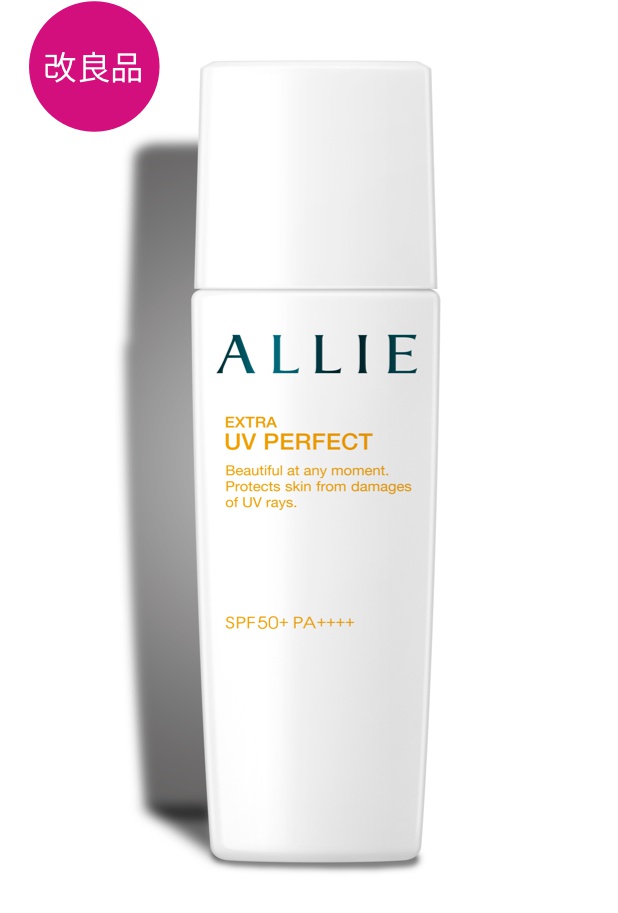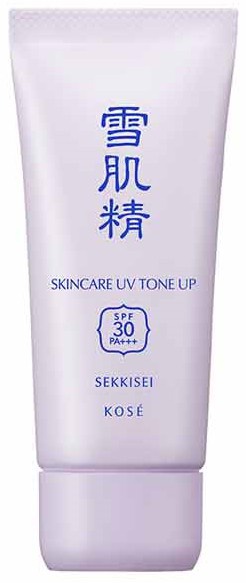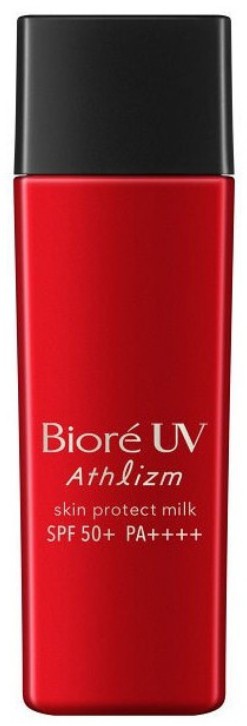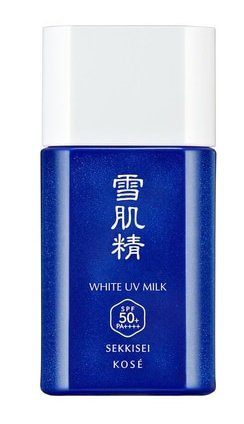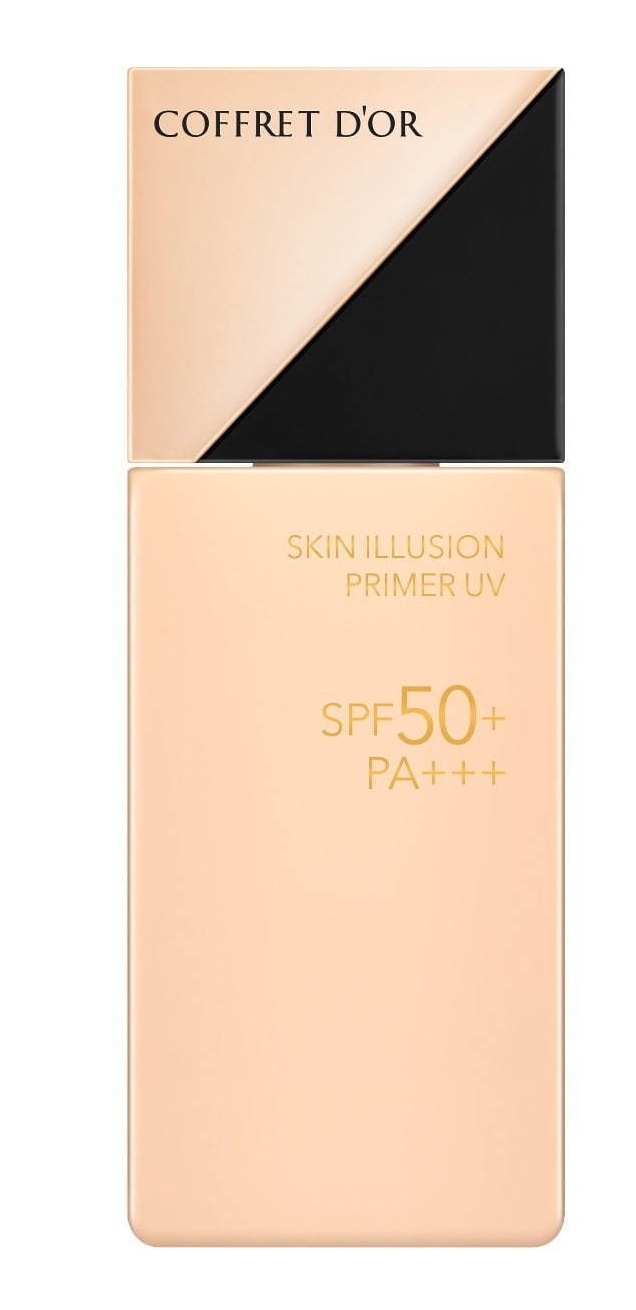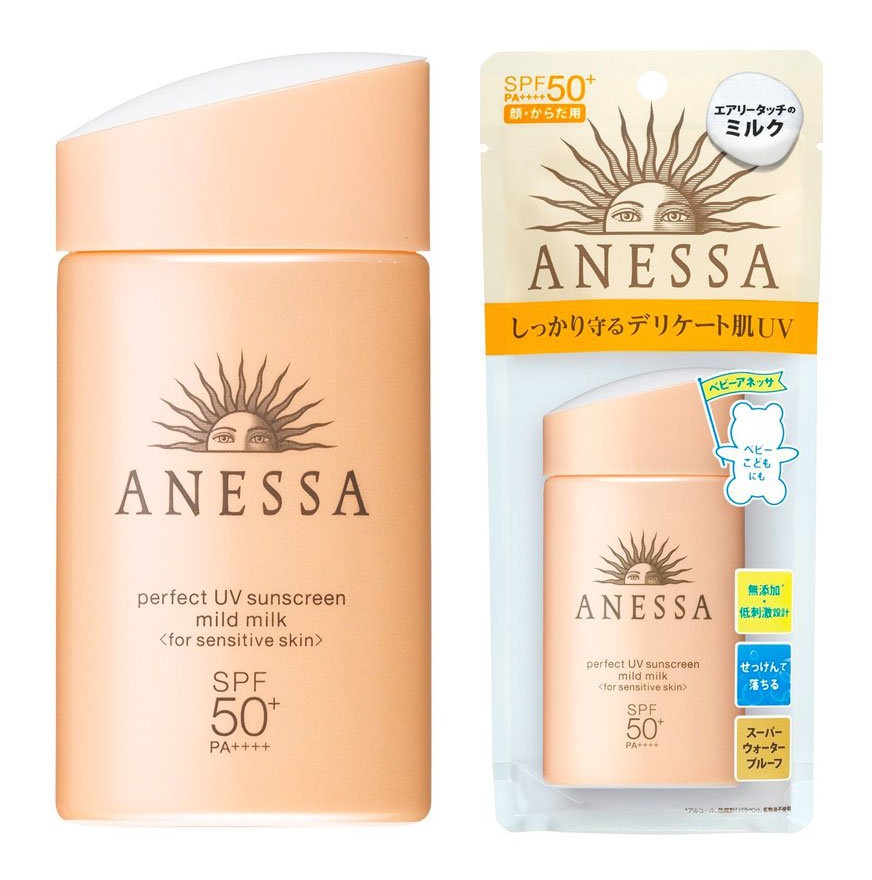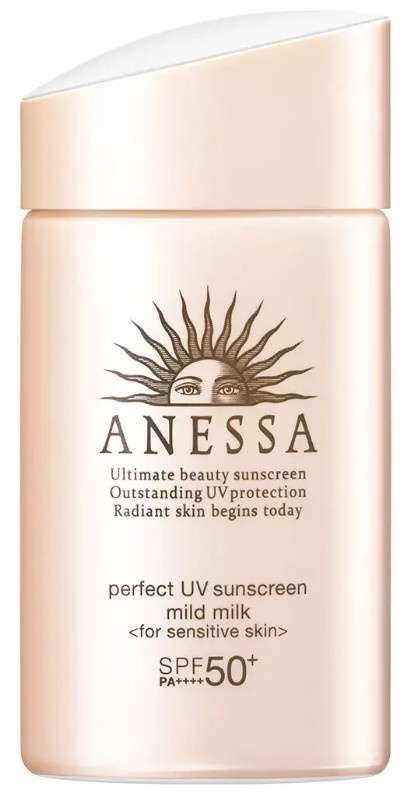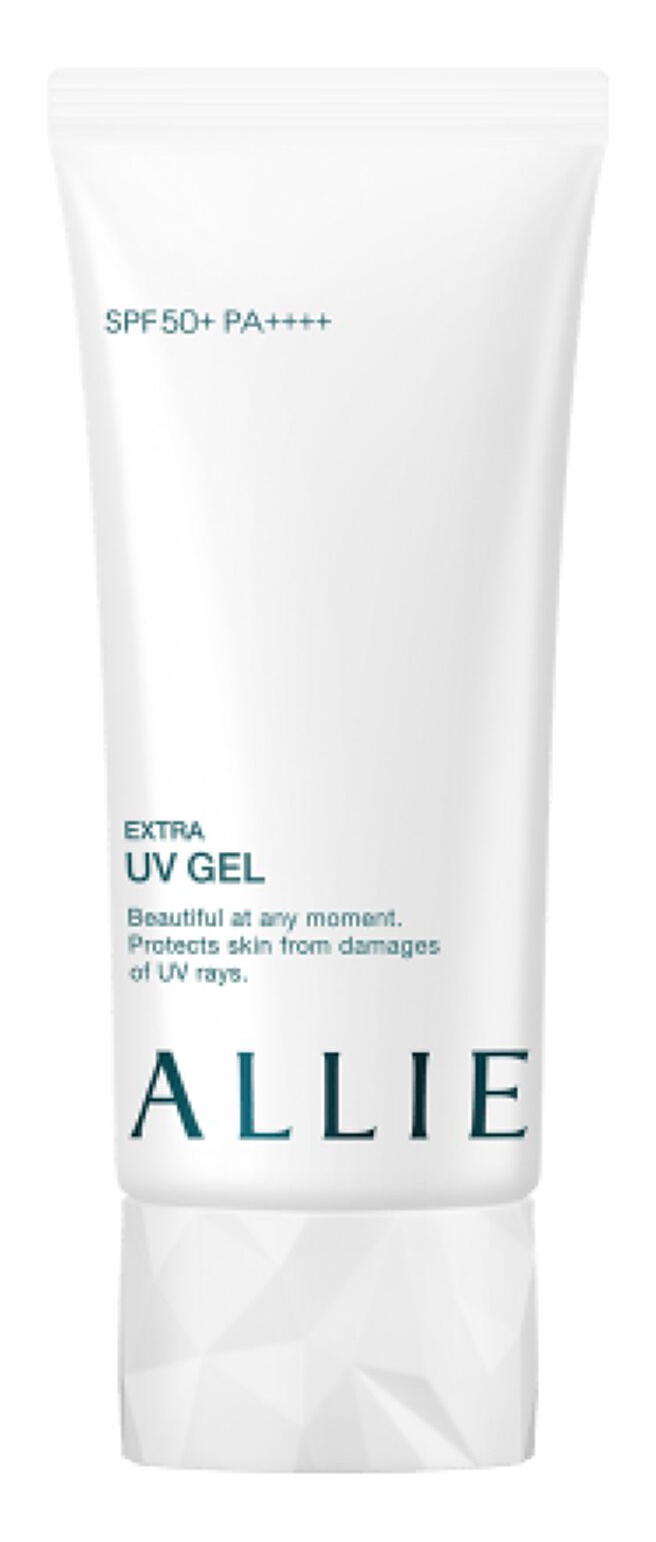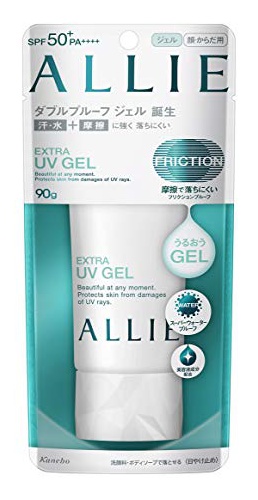
Details
When it comes to sunscreen agents, Zinc Oxide is pretty much in a league of its own. It's a physical (or inorganic) sunscreen that has a lot in common with fellow inorganic sunscreen Titanium Dioxide (TiO2) but a couple of things make it superior even to TiO2.
If physical sunscreens don't tell you anything, go ahead and read about the basics here. Most of what we wrote about Titanium Dioxide is also true for Zinc Oxide so we will focus here on the differences.
The first main difference is that while TiO2 gives a nice broad spectrum protection, Zinc Oxide has an even nicer and even broader spectrum protection. It protects against UVB, UVA II, and UVA I almost uniformly, and is considered to be the broadest range sunscreen available today.
It's also highly stable and non-irritating. So much so that Zinc Oxide also counts as a skin protectant and anti-irritant. It's also often used to treat skin irritations such as diaper rash.
As for the disadvantages, Zinc Oxide is also not cosmetically elegant. It leaves a disturbing whitish tint on the skin, although, according to a 2000 research paper by Dr. Pinnell, it's slightly less white than TiO2. Still, it's white and disturbing enough to use Zinc Oxide nanoparticles more and more often.
We wrote more about nanoparticles and the concerns around them here, but the gist is that if nanoparticles were absorbed into the skin that would be a reason for legitimate health concerns. But luckily, so far research shows that sunscreen nanoparticles are not absorbed but remain on the surface of the skin or in the uppermost (dead) layer of the skin. This seems to be true even if the skin is damaged, for example, sunburnt.
All in all, if you've found a Zinc Oxide sunscreen that you are happy to use every single day, that's fantastic and we suggest you stick with it. It's definitely one of the best, or probably even the best option out there for sun protection available worldwide.
Show me some proof
- Pinnell, Sheldon R., et al. "Microfine zinc oxide is a superior sunscreen ingredient to microfine titanium dioxide." Dermatologic surgery 26.4 (2000): 309-314.
- Newman, Marissa D., Mira Stotland, and Jeffrey I. Ellis. "The safety of nanosized particles in titanium dioxide–and zinc oxide–based sunscreens." Journal of the American Academy of Dermatology 61.4 (2009): 685-692.
- Monteiro-Riviere, N. A., et al. "Safety evaluation of sunscreen formulations containing titanium dioxide and zinc oxide nanoparticles in UVB sunburned skin: an in vitro and in vivo study." Toxicological Sciences (2011): kfr148.
- Cole, Curtis, Thomas Shyr, and Hao Ou‐Yang. "Metal oxide sunscreens protect skin by absorption, not by reflection or scattering." Photodermatology, photoimmunology & photomedicine 32.1 (2016): 5-10.
- Smijs, Threes G., and Stanislav Pavel. "Titanium dioxide and zinc oxide nanoparticles in sunscreens: focus on their safety and effectiveness." Nanotechnol Sci Appl 4.1 (2011): 95-112.







